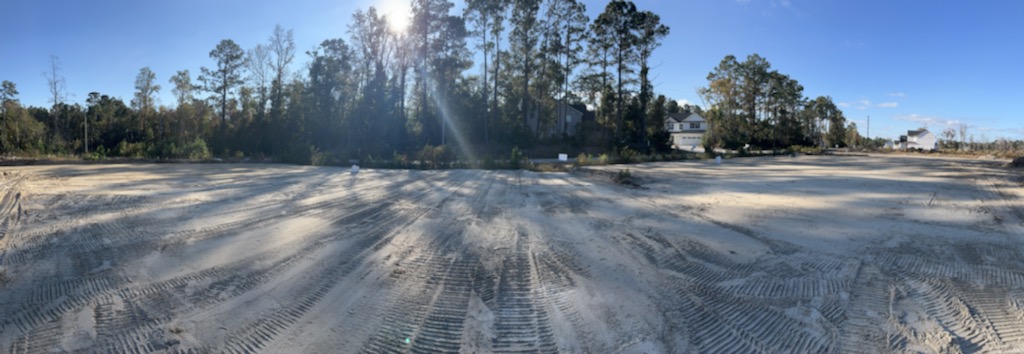Choosing the right homesite for your new construction home is a critical decision that can significantly impact your daily life, property value, and overall satisfaction with your home. Here’s a comprehensive guide to help you make an informed choice:
1. Location, Location, Location
- Accessibility: Consider proximity to work, schools, shopping centers, and healthcare facilities. A convenient location can save you time and reduce commuting stress.
- Neighborhood: Evaluate the community’s ambiance, safety, and overall appeal. Visit at different times of day to get a feel for noise levels, traffic patterns, and the general vibe.
- Future Development: Research local zoning laws and future development plans. New roads, commercial developments, or even a nearby school could impact your lifestyle and property value.
2. Lot Specifics
- Size: Determine the ideal size of the lot based on your lifestyle and landscaping preferences. A larger lot offers more privacy and room for outdoor activities but may require more maintenance.
- Topography: Flat, gently sloping, or hilly terrain each has its own advantages. Consider how it affects drainage, landscaping costs, and the architectural options for your home.
- Orientation: The orientation of the homesite can affect natural light, energy efficiency, and even your gardening plans. South-facing lots typically receive more sunlight, which can be beneficial in colder climates.
3. Utilities and Infrastructure
- Utilities: Ensure access to essential services like water, electricity, natural gas, and sewage. Some rural areas might require additional costs for septic tanks or well installation.
- Internet and Communication: In the digital age, reliable internet connectivity is crucial. Check for the availability of high-speed internet and mobile network coverage.
- Homeowners Association (HOA): If the community has an HOA, review their rules and fees. Some HOAs regulate everything from exterior paint colors to landscaping choices.
4. Natural Factors
- Environmental Considerations: Research environmental factors such as flood zones, wildfire risk, soil quality, and potential for natural disasters. These can impact insurance costs and safety.
- Views and Privacy: Decide if you prefer scenic views, like mountains or water, or prioritize privacy with a secluded homesite. Keep in mind that views can enhance resale value.
- Natural Amenities: Consider nearby parks, trails, lakes, or recreational areas if these amenities are important to you and your family’s lifestyle.
5. Legal and Financial Considerations
- Permits and Regulations: Understand local building codes, zoning regulations, and permit requirements. These can affect what you can build on your homesite and the associated costs.
- Costs: Beyond the purchase price, factor in property taxes, utility connection fees, and any ongoing HOA dues. Ensure your budget accounts for these expenses.
- Resale Value: While it’s impossible to predict the future, choosing a homesite in a desirable location with good infrastructure and amenities generally holds better resale potential.
6. Consult Professionals
- Real Estate Agent: Work with a knowledgeable real estate agent who understands your preferences and local market conditions. They can provide valuable insights and help negotiate terms.
- Builder or Architect: If you’ve chosen a builder, involve them early in the process. They can advise on site suitability, construction costs, and potential challenges.
- Surveyor: Consider hiring a surveyor to assess the exact boundaries, topography, and any potential issues with the land.
Choosing the right homesite involves careful consideration of your current needs, future plans, and personal preferences. It’s a decision that balances practical considerations with emotional factors like lifestyle and comfort. Take your time to research and visit potential sites, consult experts, and envision how your new home will fit into the chosen location. By doing so, you’ll maximize the enjoyment and value of your new construction home for years to come.



